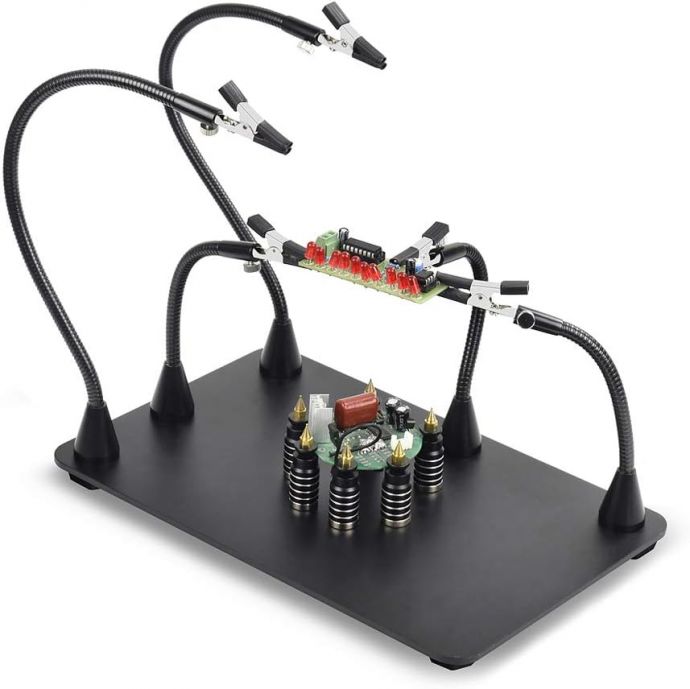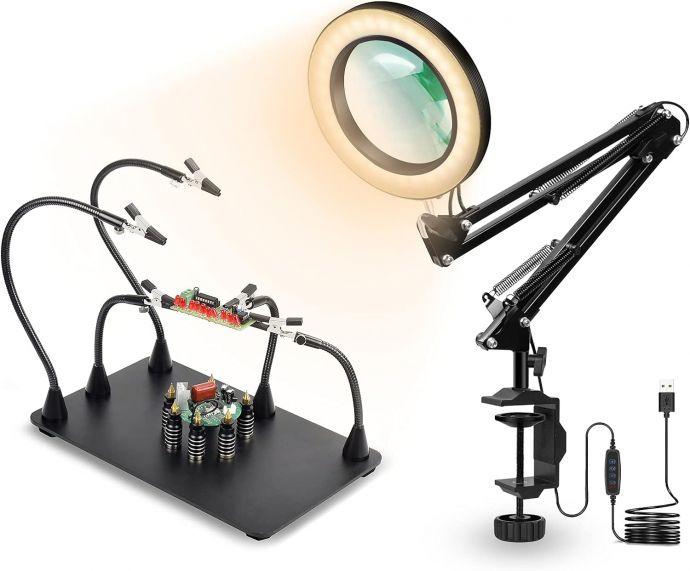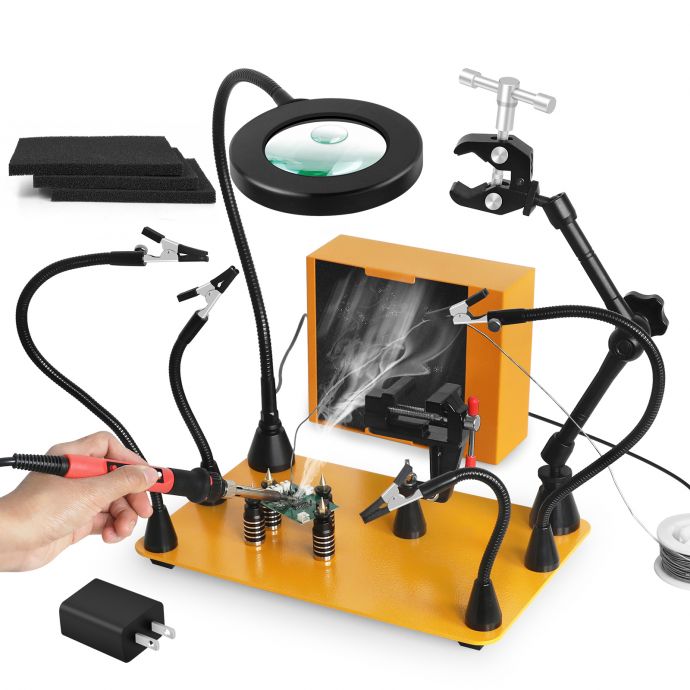In today's fast-paced world, maximizing productivity has become a paramount concern for individuals and organizations alike. Whether you are a student, an entrepreneur, a corporate employee, or a freelancer, enhancing productivity can significantly influence your outcomes, satisfaction, and even work-life balance. At its core, productivity is not about squeezing more work into your days but rather about working smarter and more efficiently. Here are some foundational guidelines to help you maximize your productivity effectively.
Understanding the Basics

Before diving into strategies, it's crucial to understand what productivity truly means. Essentially, productivity is about output—it measures how effectively you can convert your time and labor into results. The goal is to find a balance where your input (time and effort) aligns seamlessly with your desired output (achieved goals), without over-exerting resources.
Set Clear and Achievable Goals
The cornerstone of productivity is clear, achievable goal-setting. Goals act as the roadmap that guides your efforts and focus. When setting goals, ensure they are specific, measurable, achievable, relevant, and time-bound (SMART). This framework helps in providing clarity and a sense of direction. For instance, instead of setting a vague goal like "improve sales," specify it as "increase sales by 20% in the next quarter." Such clarity helps in aligning your tasks with overarching objectives, minimizing wasted efforts.

Prioritize Wisely
Not all tasks are created equal. Some activities have a significant impact on your goals, while others are trivial. The Eisenhower Box, or the urgent-important matrix, is a helpful tool for task prioritization. By categorizing tasks into four quadrants—urgent and important, important but not urgent, urgent but not important, and neither urgent nor important—you can effectively allocate your time and energy.
Adopt Time Management Techniques

Effective time management is crucial for boosting productivity. Techniques such as the Pomodoro Technique, which involves breaking work into intervals of focus followed by short breaks, can enhance concentration and reduce burnout. Time blocking is another method that involves dedicating specific time slots for different activities or tasks. By structuring your day with intention, you reduce procrastination and distractions.
Leverage Technology Wisely
In the digital age, technology can be a double-edged sword. While it offers tools to enhance productivity, it can also be a source of distraction. Use productivity apps like task managers (such as Todoist or Asana), calendar planners (like Google Calendar), and note-taking applications (such as Evernote) to organize and streamline your tasks. However, be wary of digital distractions. Tools like website blockers can help maintain focus by preventing access to distracting sites during work hours.

Create an Optimal Work Environment
Your physical environment plays a critical role in productivity. A clutter-free workspace can reduce stress and enhance focus. Ensure your space is well-organized, with ergonomically designed furniture to maintain comfort. Environmental factors like lighting, temperature, and noise levels also influence productivity; try to optimize these for your comfort and concentration.
Practice Mindfulness and Well-being

A productive mind is a focused and relaxed mind. Incorporating mindfulness practices such as meditation or deep-breathing exercises can improve concentration and reduce stress. Additionally, prioritize your well-being by incorporating regular physical activity and ensuring adequate sleep and nutrition. Remember, a healthy body fosters a productive mind.
Avoid Multitasking
While multitasking might seem like a productivity booster, research indicates it can reduce efficiency and increase errors. Instead, focus on single-tasking, where you dedicate your full attention to one task at a time. This enhances quality and speed, as the brain can focus more deeply without constantly switching between tasks.

Continuous Learning and Adaptability
The most productive individuals and organizations are those that continuously learn and adapt. Stay updated with the latest tools, strategies, and industry trends that can aid in productivity. Be open to feedback and willing to adjust your methods. This adaptability not only enhances productivity but also fosters innovation and growth.
Regularly Review and Adjust

Productivity is an evolving process. Regularly reviewing what works and what doesn’t helps in refining your strategies. Assess your tasks, goals, and progress weekly or monthly. Are you meeting your productivity targets? If not, identify bottlenecks and adjust accordingly. Sometimes, small tweaks can lead to significant improvements.
Embrace Rest and Breaks
Contrary to popular belief, maximizing productivity does not equate to working incessantly. Breaks are essential for maintaining high levels of productivity and creativity. Short breaks during work hours and longer breaks over weekends or holidays help in rejuvenating the mind, preventing burnout, and maintaining motivation over the long term.
Emphasize Quality over Quantity
Lastly, focus on the quality of work rather than sheer volume. Attempting to accomplish too much can lead to mediocrity and errors. Instead, strive for excellence in fewer tasks. Quality work not only leads to better outcomes but also contributes to personal satisfaction and professional reputation.
Maximizing productivity is about finding what works best for you and continuously honing those habits and strategies. It’s a balance of effective goal-setting, wise prioritization, disciplined time management, and mindful well-being practices. When embraced holistically, these principles can transform how you work, enhancing both your personal life and professional path.









